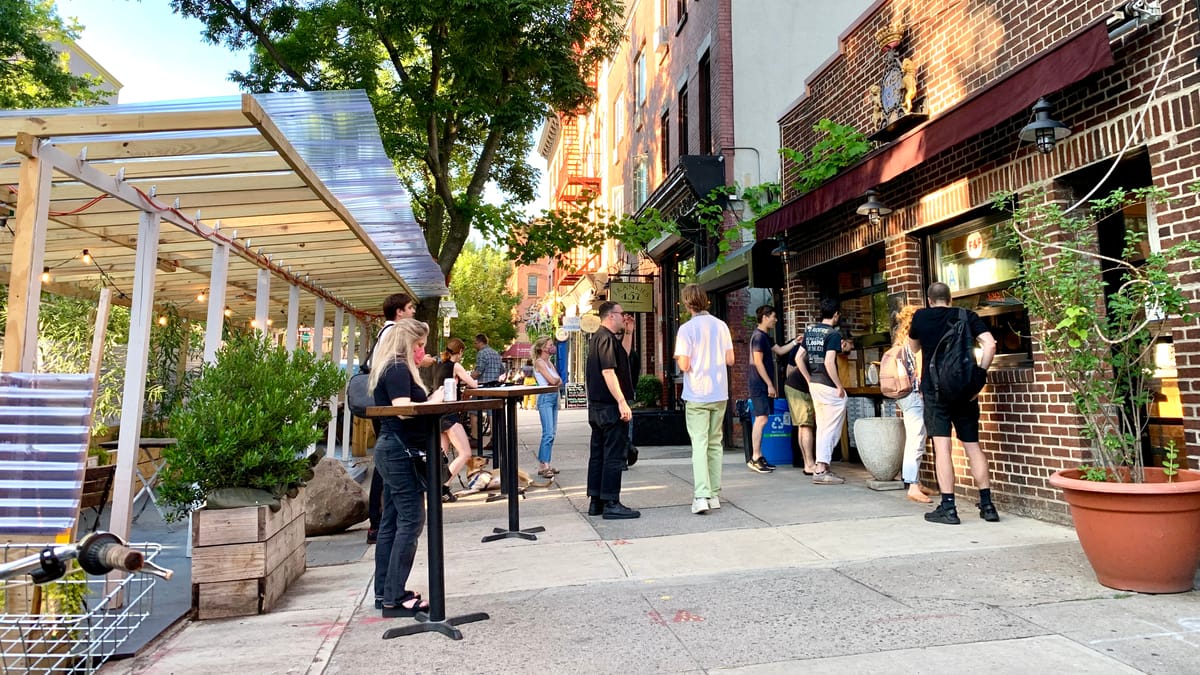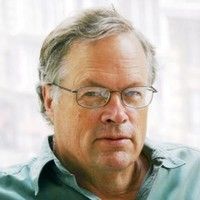
We have been pioneers of Placemaking for 50 years. Mentored by William H. Whyte and Jane Jacobs, we are the co-founders of Social Life Project, Placemaking X and Placemaking Fund, and previously the Project for Public Spaces.

Impact in New York City
We founded Project for Public Spaces in New York City in 1975 to put into practice the findings of William “Holly” Whyte’s Street Life Project. During our time leading PPS, we consistently introduced and implemented new ideas and strategies. While the city government itself was rarely a partner in the beginning, most of the demonstration projects and policy initiatives we undertook in New York have been adopted as dominant practice.
Now, under the umbrella of the Placemaking Fund, PlacemakingX, and Social Life Project, we work in cities across the globe. The lessons we learned during critical early projects, like the revitalization of Bryant Park and Rockefeller Center, continue to serve as a base off of which we share Placemaking strategies for spaces from Sao Paulo to Singapore. With its dynamic and varied public spaces, the city is an ideal environment for learning about how great places work, and the lessons that we draw from observing New York’s always-evolving parks, squares, and streets informs everything that we do.
The New York-area work that led up to the founding of PPS serves as a strong local foundation for the organization. The first grants to set up PPS were from the Rockefeller Family Fund and the Rockefeller Brothers Fund, and for four years our office was in Rockefeller Center where, in return for free rent, we evaluated and did small scale retrofits of public areas around the complex. In the intervening years, we have continued to develop new models, challenge the status quo, and help to successfully turn around some of the city’s most troubled and under-performing public spaces.
In the 1970’s and 1980’s, PPS used New York City to test strategies for reversing the acute degradation of the public environment that followed the city’s fiscal crisis. This required new strategies to create public-private partnerships around public spaces, with a focus on how to make space safe and usable for all people.
As the city’s health improved, PPS worked in places like Times Square and Bryant Park to take full advantage of the upswing in public use as people rediscovered New York. A core activity was also working to transform the way transportation decisions were made in the city, developing analytic methods to study how streets work for all users, promoting transit innovation and user-friendly subways, and the whole concept of short-term testing of street design changes now fully realized in the Bloomberg administration.

The Golden Age of Research on Public Life
50-60 years ago was what we consider a high point of research and insight on the importance of public life. Some of the most brilliant and influential urbanists and thought leaders were active at that time, paving the way for a society focused on community. Unfirtunately, their lessons went largely unheard and under-valued as the car was center stage at that time. Their voices were drowned out by the roar of traffic on our ever-expanding streets. But their words live on. These individuals have great,y influenced our work and perspectives. We personally knew and worked with most of them. The Placemaking movement has been molded by their teachings.

Some of their iconic perspectives that shaped how we view public space

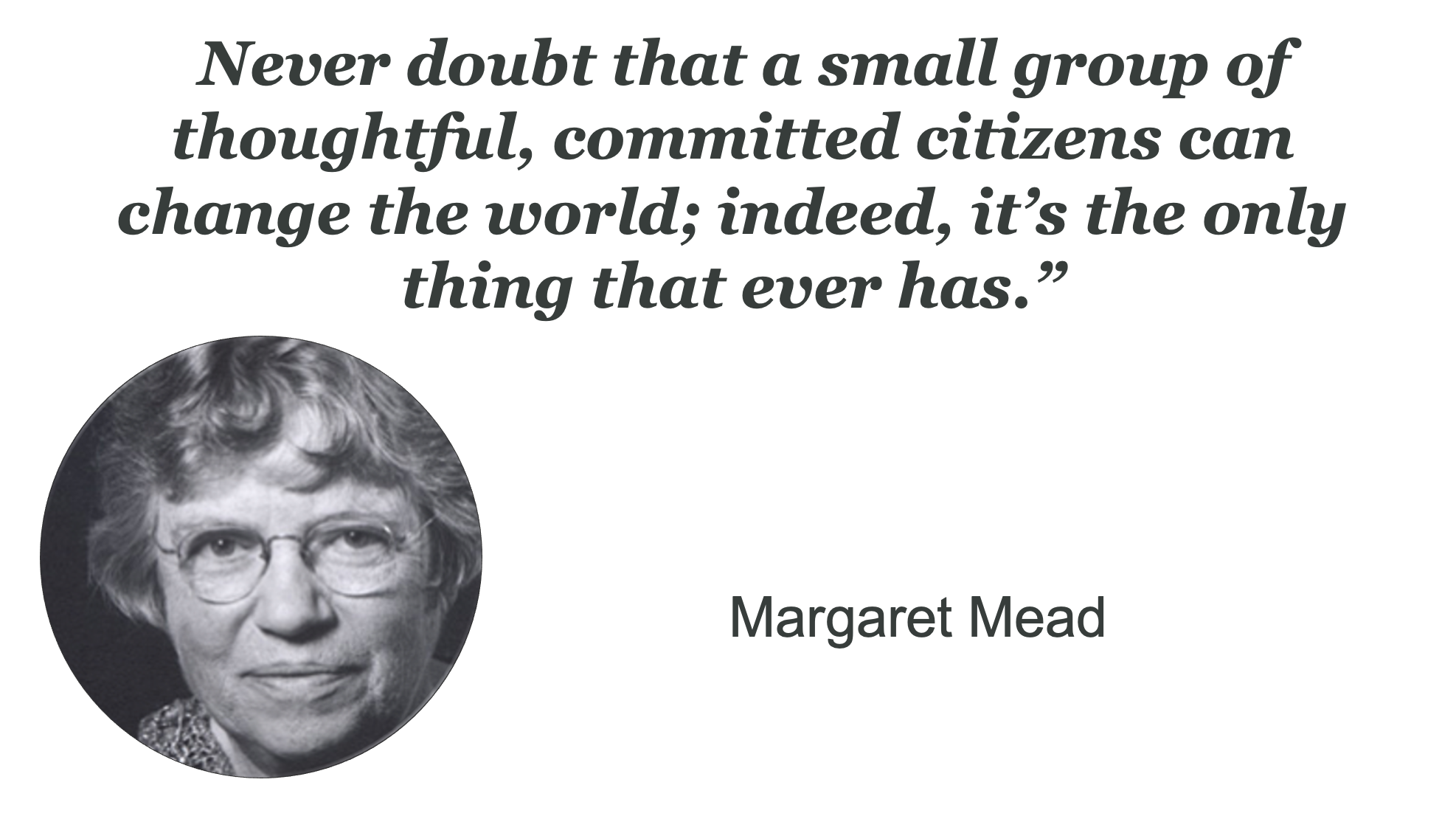
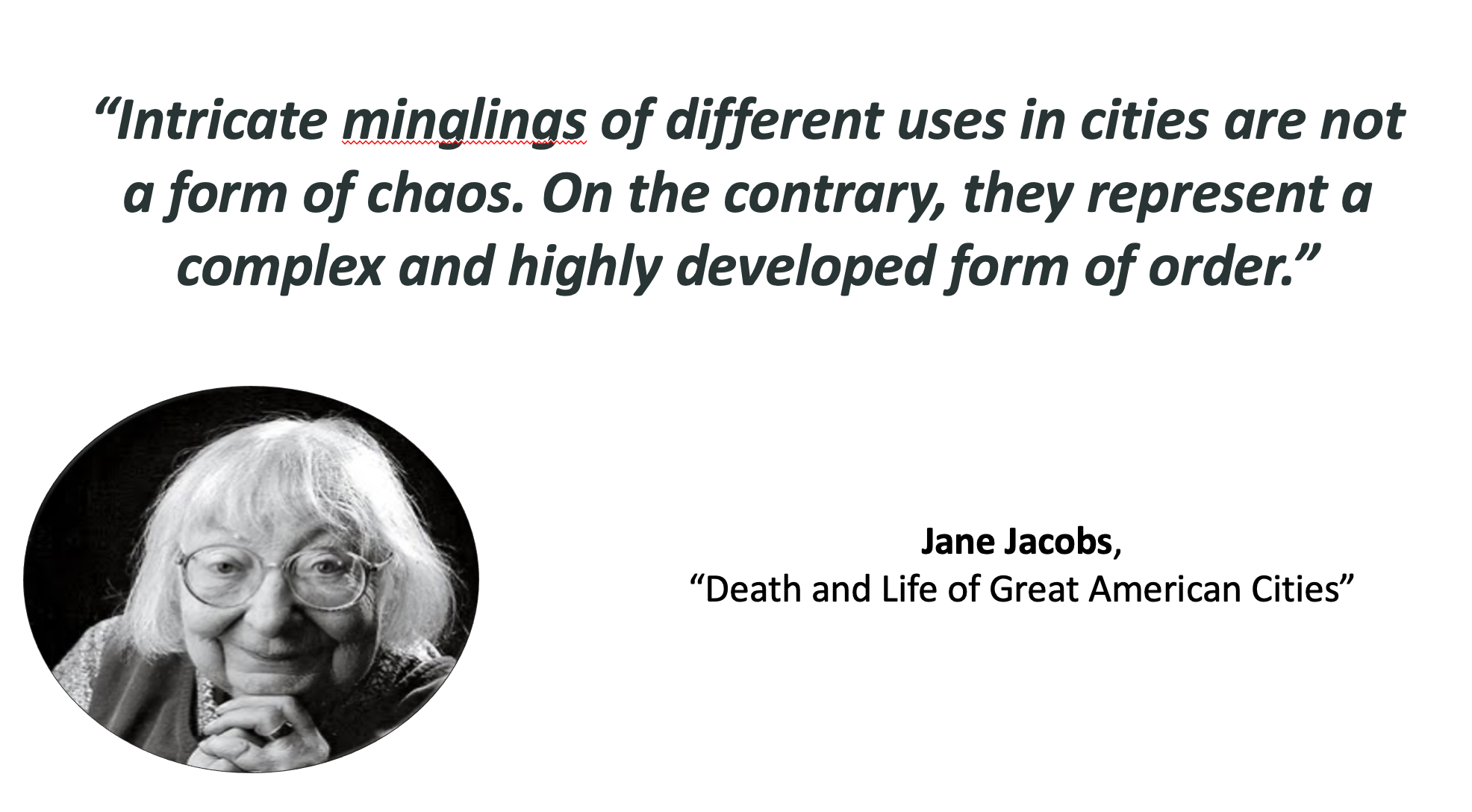
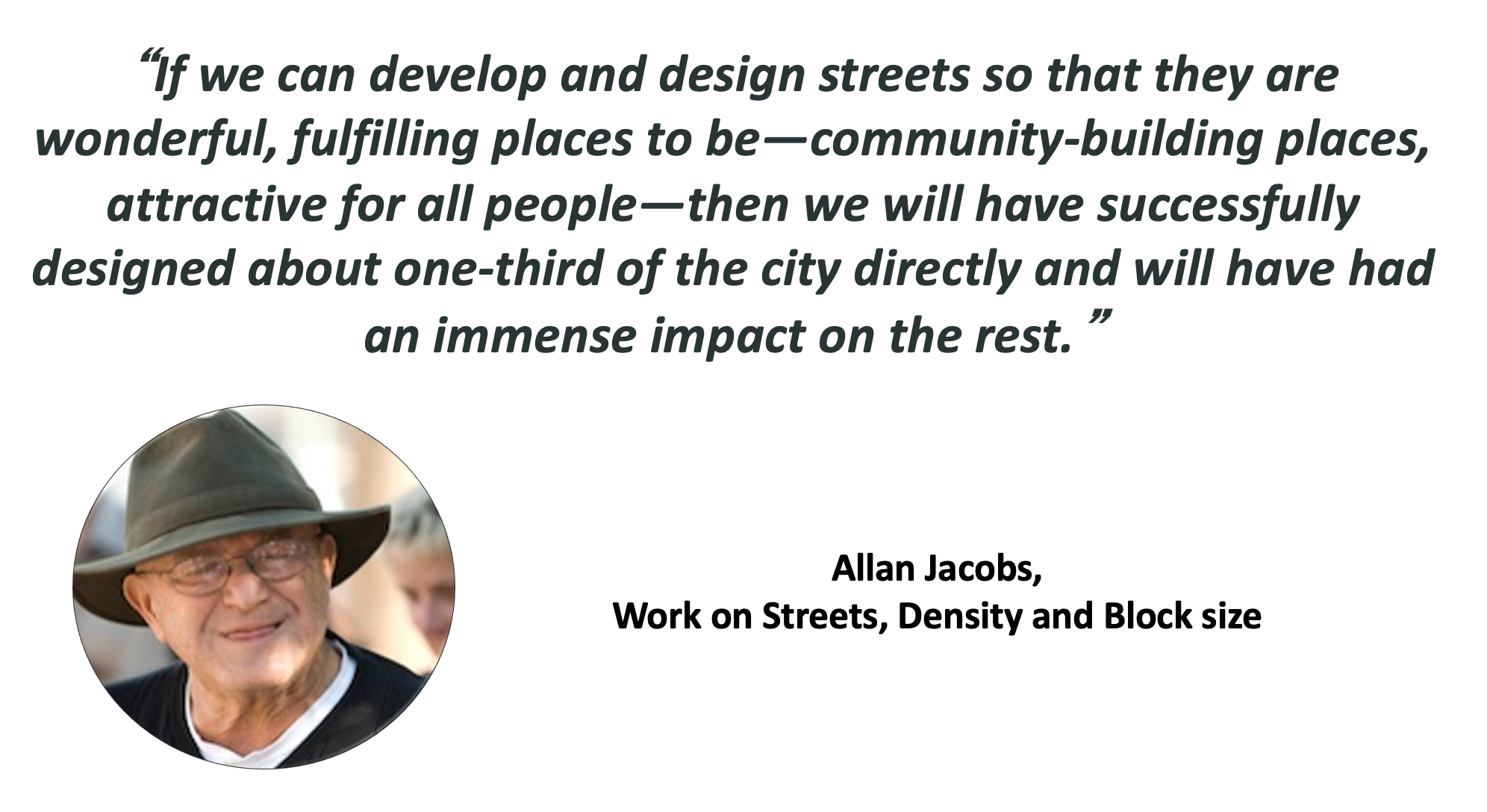





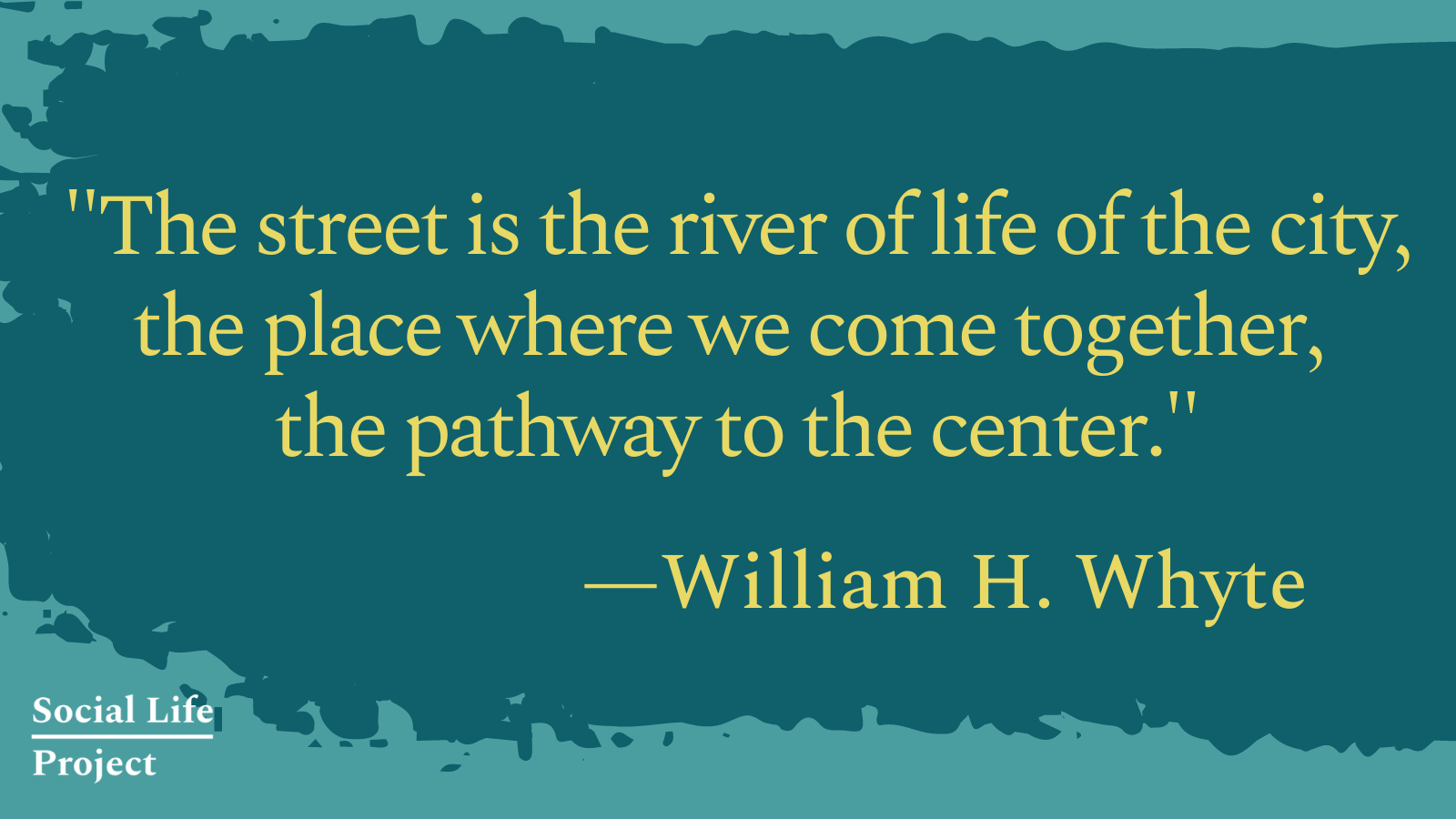
Fred's Timeline Before Project for Public Spaces
1960-66: Studied Geography and Economics at Columbia University with thought leaders like Margaret Mead and Barbara Ward.
1968: Founded ABLE, a Street Academy for Black and Latin Education, collaborating with a young Mike Bloomberg.
1969-1970: Founded and organized NYC’s first Earth Day. Closed 5th Avenue to automobile traffic from Central Park to Union Square.
1970-1972: Program Director for Mayor Lindsay's Council on Environment.
1971-1972: Led a push for a 15 block Madison Ave. Mall, that got as far as a successful 2-week trial closure.
1972-1975: Worked with William H. Whyte’s Street Life Project.
1973: Was one of the founders of Transportation Alternatives.
Chronology of the Project for Public Spaces' Work in New York City
1975: Fred founded the Project for Public Spaces and has since partnered with over 130 NYC organizations to facilitate community-based planning for public spaces.
1975 -1990: PPS served as the catalyst for the turnaround of the public spaces of Rockefeller Center.
1976: Conducted user analysis and plans for Jacob Riis Park and Gateway National Recreation Area with the National Parks Service.
1977: Fred convinced future NYC Planning director Amanda Burden to go into planning by joining PPS instead of going into Conservation Biology with Jane Goodall.
1978: Helped turn around Exxon Mini Plaza with the addition of movable chairs and tables, food concessions, and entertainment programs, setting forth a model that would help revitalize many Midtown parks and plazas.
1978: Started the Museum Mile festival, the city's first regular major street closing.
1979: Designed and implemented NYC's first bulb-outs/sidewalk extensions on West 46th Street, known as Restaurant Row.
1980: Led the user analysis and Master Planning of Bryant Park, with funding from the Rockefeller Foundation, that led directly to its transformation.
1982: Led major redesign of the Bronx's Fordham Road, centered on pedestrian improvements.
1985: Developed the Times Square Entertainment District Plan with the Durst Organization to counter proposals by the Walt Disney Corporation.
1986: Led a study, and city-wide conference, called “Streets for All Users” to develop new design standards for NYC Streets.
1989-1992: Developed a detailed study and recommendations with Emily Lloyd that led to the transformation of the Port Authority Bus Terminal; created public space management practices for indoor retail environments and vending that are now standard around the world.
1989: Released Phipps Housing Public Spaces Study and recommendations.
1990s: Subway station pedestrian planning studies and principles (Grand Central, Times Square, multiple stations in the Bronx and Queens).
1990: Successfully made the case for widening the sidewalk on 6th Avenue by 3 feet!
1991: Developed public space improvement principles for Section 8 public housing.
1993: New York Times Week-In-Review profiled Fred Kent as “One Who Would Like To See Most Architects Hit The Road”.
1994-1995: After NYC DOT rejected our community-based plan for a safer Mulrey Square, they could not say no to our well-proven idea of a temporary trial repainting, which subsequently made the case for the full redesign, and set precedent for many temporary NYC DOT project phases.
1995-1997: Teaching capstone classes at NYU Wagner, developed visions for transforming public spaces around Greenwich Village.
1998: Led Rockefeller Brothers Foundation-funded Astor Place/Cooper Square study and community plan developing a vision for the space along the lines of what is currently being implemented.
1999: Worked with Partnerships for Parks to create model Placemaking processes, plans and organizational development for Morningside Park with the JM Kaplan Fund.
2001-2002: Developed a community-led vision for Rufus King Park in Queens.
2002: Brought hundreds of market managers to NYC, for one of our International Public Markets Conferences, to experience the city's burgeoning markets movement.
2003: Our Wallace Foundation funded Urban Parks Institute conference presented seven years’ worth of research and convened an international group in both Central Park and Prospect Park. Speakers included Chicago Mayor Richard Daley and Bogotá Mayor Enrique Peñalosa (The first of many talks he would give internationally, after completing his mayoral term, had the audience in tears).
2004: Developed the Allen Street Mall vision with Asian Americans for Equality, a vision that has now been partly implemented by NYC DOT.
2005: Established grants and technical assistance (through our regranting programs with the Ford and Kellogg Foundations) to help set up Brooklyn’s Healthy Food Hubs, East NY Farms!, and for the creation of Brooklyn’s Bounty, now the Brooklyn Food Coalition.
2005: Partnered with Transportation Alternatives and Open Plans to design a new model for transportation reform advocacy to create the NYC Streets Renaissance Campaign. The goal set by campaign funder Mark Gorton was to develop enough political momentum for a new agenda that forced NYC DOT Commissioner Iris Weinshall to leave.
2005: Led a demonstration "streets as places" visioning process for the Meatpacking District. The public plaza vision that emerged was eventually implemented, but more immediately inspired the DUMBO BID to build their own public plaza in which the Public Plaza Program would eventually be officially launched.
2005-2008: Worked with Greater Jamaica Development Corporation to develop plans for a market and square.
2006: Produced and directed a “Livable Streets” Exhibit, which was launched at the Municipal Arts Society (MAS) in January 2006 to kick off the Streets Renaissance Campaign.
.jpg)
2006: Organized and moderated a panel at Municipal Art Society with leaders from Broadway BIDs to ask the question “What if we redefined Broadway around destinations?" The emerging Broadway dreams would soon be realized.
2006-2007: Worked extensively with the city’s most innovative BIDs, including the Times Square Alliance, Myrtle Avenue, Columbus Avenue and North Flatbush BIDs, to develop bold plans for street reclamation that are now being implemented and celebrated by the city.
2006: Wrote 9 Ways to Transform NYC, setting forth principles for shaping the public realm that continue to gain traction, and spawning programs like the Public Plaza program that were included in Mayor Bloomberg’s 2007 PlaNYC.
2006: Helped launch and write early articles for Streetsblog. The influential blog was directed and edited by PPS’s former Director of Communications, Ben Fried.
2007: Told the story of Ciclovia to NYC leaders and led advocacy for what eventually became Summer Streets. Organized bringing Streetfilms to Bogota to create an educational video of their Ciclovia.
2007: Co-founded the Grand Army Plaza Coalition and facilitated a community-based plan and helped articulate their short and long-term vision for Grand Army Plaza. The short-term vision was largely implemented by the NYC DOT in 2011.
2007: PPS Vice President Andy Wiley Schwartz (with over 10 years at PPS) and four other former staff were hired to run the Public Plaza Program and other new public space initiatives at the NYC DOT.
2007: The Times published a full-page article on Fred Kent as the “Impresario of the Village Green,” offering recommendations for public space improvement opportunities around the city.
2007-2009: Worked with the Department of Health and City Harvest to help NYC win and launch a Kellogg Food and Fitness Initiative for work around food access and walkability in the city's most under-served neighborhoods.
2008: Led community visioning workshops for Brooklyn’s Pier 6 (at the end of Atlantic Avenue, added late to Brooklyn Bridge Park without the benefit of any public participation) to offer a broadly critical community the chance to articulate a positive vision of what they would like to see.
2008: Fred gave the NYC Parks Department’s "Uncommon Ground" lecture. Parks Commissioner Adrian Benepe reacted, seemingly stunned, by saying he "actually agreed with everything that Fred said."
2008-2009: Developed a public spaces plan for the area around The Bronx River Arts Center.
2009: Worked to help save the Red Hook Vendors market collaborating with elected officials to make the case for its community benefit.
2009: With funding from Congresswoman Nydia Velazquez, developed a plan to revitalize the Moore Street Market and create a soon to be built public plaza in front.
2009: Produced an exhibit to explore how NYC's Waterfront could continue to go much further in creating successful public spaces.
2009: Advocated for, and helped run, Williamsburg Walks as a demonstration Weekend Walks program to help rethink Bedford Street as a public space.
2010: Developed the public space program for MTA's Fulton Street Transit Station, "Lower Manhattan's Next Great Public Space".
2010: Helped set up and make permanent the 78th Street Play Street in Jackson Heights and led a training for the new Play Streets Program in partnership with NYC DOT, Transportation Alternatives, Department of Health and Mental Hygiene, and the NYC Strategic Alliance for Health.
2011: In partnership with the Institute for Urban Design, created and launched “By the City / For The City” digital Placemaking app to crowdsource NYC public realm challenges and opportunities and inform the IfUD's, Rockefeller Cultural Innovation Fund-sponsored, ideas competition.
2011: Partnered with NY Academy of Medicine to deliver “Healthy Places” trainings in NYC and around the state. Led training for public markets in Central Brooklyn.
2012: Created online Digital Placemaking tools for crowdsourcing ideas for the launch of Participatory Budgeting with NYC Councilors and The PB Project.
2012: Conducted an independent analysis of, and developed recommendations for, NYC DOTs Public Plaza Program.
2012: Worked for the September 11th Memorial to analyze and develop recommendations for visitor experience, and complete comparative analysis of NYC's most busy public spaces.
2013: Leading a community visioning process for programming Astor Place and Cooper Square with The Village Alliance. Add Vision:
Key Accomplishments
- Developing new ways to design, manage, and improve safety in parks, plazas, and other public spaces, especially highly problematic spaces dominated by negative activities such as drug dealing (Exxon Park, Bryant Park, Port Authority Bus Terminal, public housing).
- Developing and promoting a holistic approach to street design “for all users,” beginning with a study of Fifth Avenue and a redesign of West 46th Street in the 1970’s and continuing today, including the Streets Renaissance Campaign.
- Revitalizing the public spaces and retail of Rockefeller Center, working with management over a 15-year period to make spaces more usable and dynamic.
- Creating signature events in New York City, including Earth Day, Museum Mile festival and Williamsburg Walks.
- Supporting expansion of local markets and supporting street vendors.
- Redesigning subway stations to be safer and more user-friendly in Manhattan, the Bronx, and Queens.
- Hosting international conferences to NYC on urban parks and public markets.
- Introducing new ways of planning for and using streets as public spaces and directly catalyzing the city’s Public Plaza Program.
- Taking lessons learned through the careful observation of New York City to 3,000 communities in 43 countries.
Social Life Project, PlacemakingX and Placemaking Fund
Fred Kent and Kathy Madden are cuurently the co-founders and primary authors of the Social Life Project. Our mission is to highlight what makes public spaces thrive, drawing from communities around the world. Our work grows out of 50 years devoted to studying public space. The essential role of all successful public spaces is to provide social gathering spots that enrich local life by connecting people and empowering them to create stronger communities.
The Social Life Project is one of two inaugural programs of our new non-profit the Placemaking Fund. Our second program is PlacemakingX, a global network of leaders who together will accelerate placemaking as a way to create inclusive, healthy, and beloved communities.
Current NYC and Brooklyn Projects


